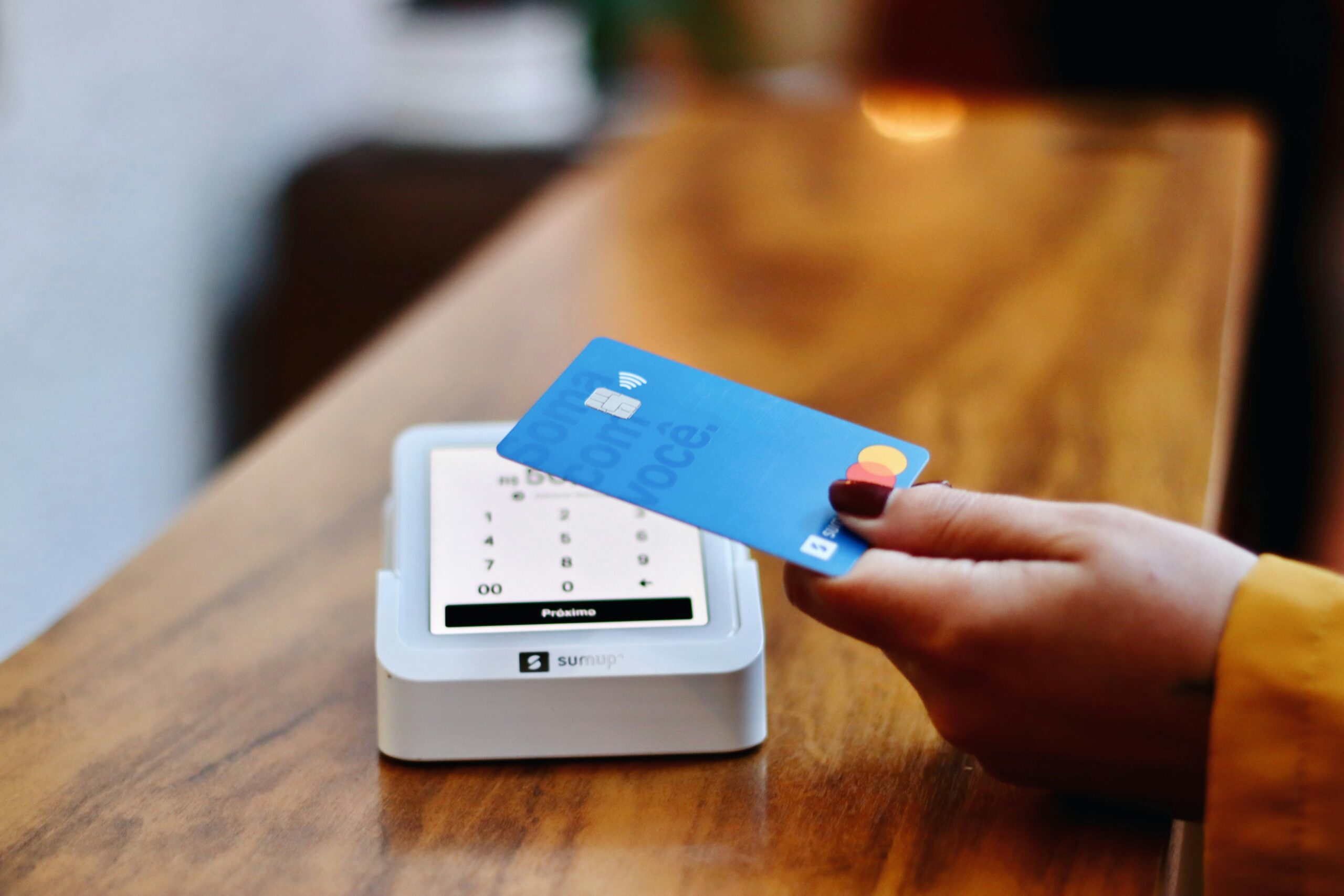If you’re struggling with high-interest credit card debt, a balance transfer credit card can be a powerful tool to save money and pay off your balance faster. These cards allow you to move debt from one or more cards to a new one—often with a 0% introductory APR for a set period—so you can focus on paying down the principal instead of interest.

As of August 2025, here are the top U.S. balance transfer credit cards, their key features, and tips for choosing the right one.
Best Overall Balance Transfer Cards
Wells Fargo Reflect® Card
-
0% intro APR for 21 months on balance transfers (and purchases) made within 120 days of account opening.
-
Balance transfer fee: 5% of each transfer ($5 minimum).
-
Ideal if you want one of the longest interest-free periods available.
Citi Double Cash® Card
-
0% intro APR for 18 months on balance transfers (3% intro fee in the first four months, then 5%).
-
Earns 2% cash back—1% when you buy, 1% when you pay.
-
Great for those who want to keep earning rewards while paying off debt.
Longest 0% Intro APR Period
U.S. Bank Shield™ Visa® Card
-
0% intro APR for 24 billing cycles on balance transfers (must transfer within 60 days of opening).
-
Balance transfer fee: 5% ($5 minimum).
-
Perfect for larger balances that need extra time to pay off.
Citi Simplicity® Card
-
0% intro APR for 21 months on balance transfers from account opening.
-
Balance transfer fee: 3% for transfers in the first four months, then 5%.
-
No late fees or penalty APR, making it beginner-friendly.
Other Strong Options

-
Citi® Diamond Preferred® Card – 0% intro APR for 21 months (5% transfer fee).
-
Chase Freedom Flex® – 0% intro APR for 15 months, plus rotating 5% cashback categories.
-
Blue Cash Everyday® Card from American Express – 0% intro APR for 15 months and cashback on groceries, gas, and online shopping.
-
Chase Freedom Unlimited® – 0% intro APR for 15 months plus flat-rate and bonus category rewards.
What to Consider Before Choosing a Balance Transfer Card
-
Length of Intro APR Period – The longer, the better, especially for large balances. Look for 18–24 months if possible.
-
Balance Transfer Fees – Most cards charge 3–5% of the transfer amount. Factor this into your savings.
-
Regular APR After Intro Period – Plan to pay off your balance before the rate resets.
-
Other Benefits – Some cards also offer cashback or travel rewards, adding value beyond the intro offer.
-
Annual Fee – Many top balance transfer cards have no annual fee, which is ideal when your focus is debt repayment.
Tips to Maximize a Balance Transfer
-
Transfer early – Many intro APR offers apply only to transfers made within the first 60–120 days.
-
Pay more than the minimum – To clear your debt before the intro period ends.
-
Avoid new purchases – They might not be included in the 0% offer and could accrue interest immediately.
-
Don’t close old accounts – Keeping them open may help your credit utilization ratio.
FAQs
1. What features matter most when choosing a balance transfer credit card?
Look at the intro APR period, balance transfer fees, regular APR, and whether the card charges an annual fee.
2. How does a balance transfer work?
Your new card issuer pays off your old card(s), and you repay them—often at a 0% rate for a set time.
3. What are the benefits?
You can save on interest, repay debt faster, and even simplify payments by consolidating multiple balances.
4. What are the downsides?
Fees can add up, the intro period is temporary, and there’s a risk of racking up new debt if you keep using old cards.
5. Can you get a balance transfer card with bad credit?
It’s harder, and terms may be less favorable, but some options exist for fair credit.
6. What happens after the intro APR ends?
The regular APR kicks in—often 18–29%—so have a plan to be debt-free by then.
7. Are there alternatives?
Yes—debt consolidation loans, nonprofit credit counseling plans, or DIY payoff strategies like the debt avalanche or snowball method.
The best credit card for balance transfer is the one that gives you enough time to pay off your balance without interest—and charges the lowest possible fees. If you want the longest interest-free window, the U.S. Bank Shield™ Visa® is hard to beat. For a balance transfer card that also earns rewards, the Citi Double Cash® Card is a top choice. Whichever you choose, have a repayment plan in place to take full advantage of the 0% APR offer and get your finances back on track.